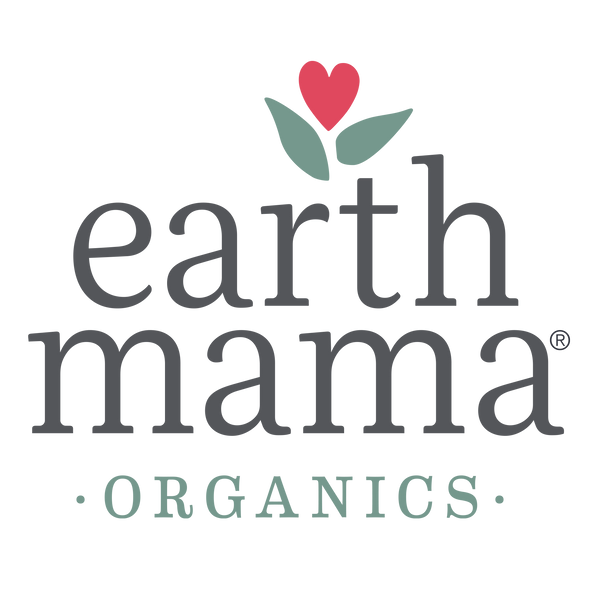
by Pina LoGiudice, ND, LAC
InnerSourceHealth.com
During my own pregnancy last year, thoughts of my baby were mostly of "is the baby growing ok" or, "is it a boy or a girl", rather than any consideration of what his or her skin might look like. It wasn't until about 2 weeks after giving birth to my daughter Sophia that I noticed her beautiful soft porcelain-like skin had started turning red, dry, scaly and itchy. Like many newborns she was starting to develop eczema which, like cradle cap, diaper rash and acne, are very common conditions in babies.
Eczema is also known as atopic dermatitis. It is a skin rash that often appears in the first year of life in about 20% of infants and usually shows up on a baby's forehead, cheeks, and scalp, and it can spread to other parts of the body. The rash might look like dry, thickened, scaly skin, or it might be made up of tiny red bumps that can blister, ooze, or become infected if scratched. Eczema is not contagious, but because it can be intensely itchy the cycle of scratching and bleeding can be problematic. Unfortunately, no one knows the exact cause of eczema. In some cases it is believed inheritance can play a role, and many cases are due to allergic reaction. Environmental heat or soaps and detergents can aggravate it. As in my daughter's case, and from what I often see in my own practice, it can be triggered by allergens in a breastfeeding mom's diet or in the baby's diet.
So, what I did to restore her skin to its original lusciousness was to change my diet by eliminating common allergenic foods — the foods that may contribute to the eczema vary from case to case, so it is important to systematically track the mom's diet changes, while monitoring your baby's skin. Common culprits can be mom's intake of wheat, seafood, dairy, and tomatoes, but any food can be a trigger. It is important during this elimination period to maintain adequate nutrition with low-allergy foods and use essential fatty acid supplementation to support breastfeeding. For those who are bottle-feeding, you may want to consider switching your formula to a more hypoallergenic type. Speak to your healthcare practitioner about available options.
Topically, applying organic pure coconut oil was helpful. To support healthy intestinal function I also gave my Sophia some probiotics daily. There are certain strains of probiotics best suited for infants. An article published this January 2009 in The Journal of Gastroenterology states that promising results have been obtained with probiotics in the treatment of human inflammatory diseases of the intestine and in the prevention and treatment of atopic eczema in neonates and infants. And just to note, my daughter's pediatrician and most allopathic physicians would prescribe antibiotics, cyclosporine, corticosteroids and/or antihistamines for their treatment options. I always prefer trying natural medicines and non-toxic products first because most often I find that they will take care of the problem, but more so that over-the-counter medications or prescribed creams all contain alarming levels of contaminants like parabens, formaldehyde and dioxins which are known carcinogens and themselves can cause skin reactions. [Mama says: be extra careful if you choose steroids for baby, it should be a last resort for a chronic problem, and only with your doctor's recommendation.]
Another common newborn skin condition is baby acne. Baby acne can be present at birth, but usually develops around 3-4 weeks of age and can last up to 4-6 months of age. Acne presents as non-contagious, fleshy or red bumps on your baby's cheeks and/or forehead and chin with whiteheads sometimes present. Often during final moments of labor, mom's hormones cross the placenta into her child. This increase in hormones in the baby can stimulate the oil glands on the skin that eventually give rise to the baby acne. For this condition, there is no treatment but to wait until the oil glands disappear (of course they will re-emerge during teenage years!) and to simply keep the diet as clean as possible, while continuing to wash your baby's face with water and a toxin free, mild baby soap.
Cradle cap is another infantile skin condition caused by the influx of maternal hormones crossing the placenta at birth. This condition is also known as seborrhea. Cradle cap can occur at birth or even at 3 months of age. Again, it is a self-resolving, non-contagious condition that presents with patchy or diffuse scales on the scalp that can look cracked or greasy. For my young patients, the treatment most effective is to rub organic olive oil or organic coconut oil on the baby's scalp during their bath, and gently brush away at the scales (which softens the scalp) with a fine-toothed comb. It may take a few applications to remove all the scales.
Overall, you may see none or all of these skin conditions in children. The best thing to remember is most skin conditions are a common process that is usually harmless to your baby and have reliable natural remedies to treat — and you don't need harsh chemicals that have a whole host of problems themselves. And always please remember to check in with your physician.
References:
J Gastroenterol. 2009;44(1):26-46. Epub 2009 Jan 22 Probiotics and Immunity
